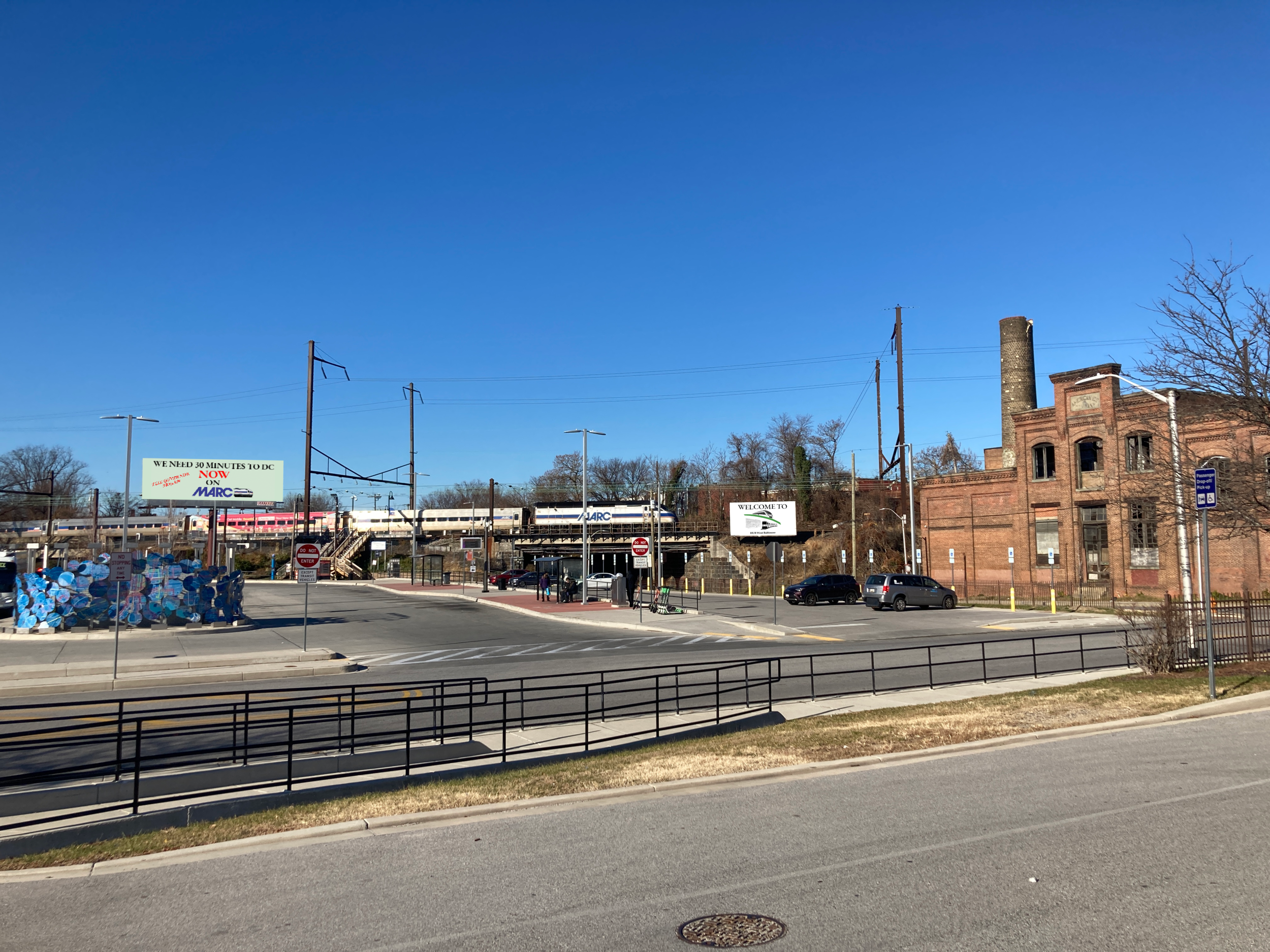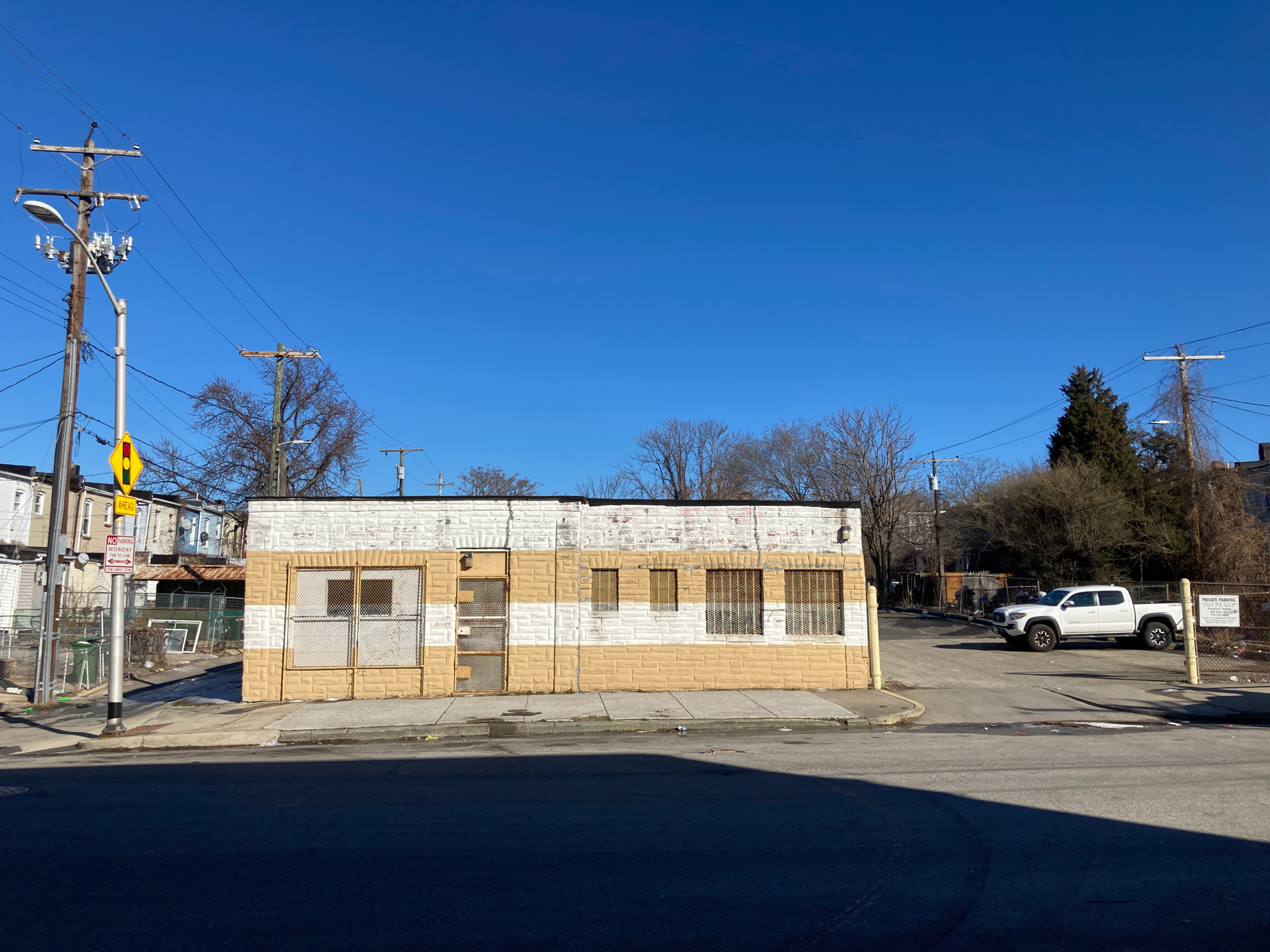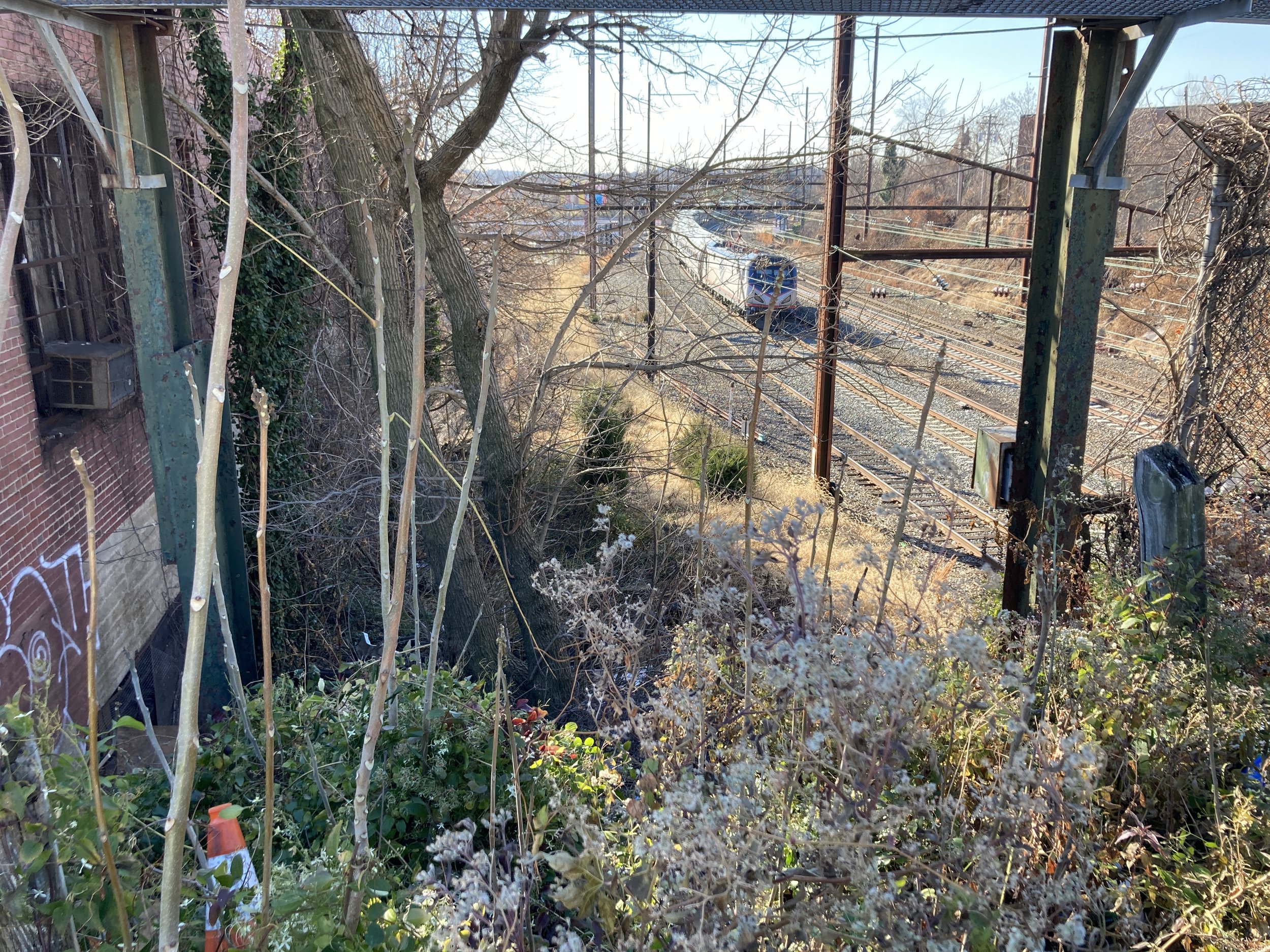TRANSIT-ORIENTED DEVELOPMENT
“There may be no greater transit-oriented development opportunity in the entire State of Maryland than HUB West Baltimore. The station-adjacent property acquisition costs are so low, yet the potential rapid accessibility to Washington is so great - and it’s all essentially in a gorgeous section of downtown Baltimore…. It’s really a unique confluence of variables.”
Why is HUB West Baltimore so exciting?
30 Minutes to Union Station
Time is money (and sanity) when commuting, and there is no faster - and easier - way to commute to downtown Washington from Baltimore City than by boarding a half-hour MARC train in West Baltimore. Heck, it’s faster than commuting from much of the Arlington Corridor, or even much of Montgomery County. The only problem: the MTA isn’t running those half-hour trains now. Or more accurately, the MTA already has one MARC train making that half-hour trip - only it doesn’t stop in West Baltimore, but rather drives right on by to Penn Station. What’s the rationale for MARC not making that 10-minutes-closer-to-DC stop? You’ll need to ask Governor Hogan and his MTA leaders for that answer. The reality though: this situation won’t remain the way it is for long. The value proposition of being this close to DC’s 400,000+ downtown jobs - and 1.3 million jobs within 45 minutes (see below) - is too great. New leadership is headed to Annapolis shortly - now is the time to hold their feet to the fire and get a “Please Explain” about why this service isn’t being run.
1.3 Million jobs accessible within 45 mins of HUB West Baltimore. (Greater Washington Partnership Blueprint for Regional Mobility)
Near-Limitless (and Unbelievably Cheap) Commercial Land
As far as the eye can see - all well within the half-mile TOD walk zone - lie some of Baltimore’s most gorgeous brick former factory buildings, as well as countless tear-down-ready nondescript larger parcels practically begging for mixed-use maximization. Moreover, the land and buildings are cheap - the kind of cheap you don’t get anywhere else 30 minutes from DC (and five minutes from downtown Baltimore). And yet the buildings and surrounding neighborhoods are gorgeous - albeit a little in need of a polish. Think Brooklyn, New York in the early 1990’s, or H Street in DC, and you get an idea of the kind of economic potential that exists in this part of West Baltimore.
A Re-envisioned “Highway to Nowhere”
In May of this 2021, Baltimore City and State of Maryland leaders held a press conference in the parking lot of the West Baltimore MARC Station to announce that they were committed to transforming this great highway scar into an even greater economic engine. There are many stunning ideas, but to see the potential one only has to look up I-95 to New York’s High Line to understand how repurposing outdated transportation infrastructure can be a tremendous growth catalyst. The recently-passed federal infrastructure bill includes $1 billion to cities to get started on planning the future of repurposing these project to reconnect communities. The West Baltimore MARC Station is one bookend of that future project. The Caves Valley reimagining of the old Metro West Social Security complex is the other end. Together, those two areas will join with this project to create a new commercial and residential spine of Baltimore - one squarely focused on the city great old West Baltimore neighborhoods, rather than its waterfront.
Seamless Urban Fabric
The streets and neighborhoods around the West Baltimore MARC station represent some of Baltimore’s oldest, most handsome and still most contiguously-intact urban fabric. Blocks and blocks of Baltimore vernacular architecture radiate outward from the station. There are schools (one right next to the station), parks, quiet urban streets and human-scale commercial corridors radiating outward from the station district. There is little to no affordable land left in the commutable orbit of Washington, DC - and increasingly less of it in Baltimore City - but here, surrounding the station, a perfect urban fabric frame exists for large-scale TOD.
Tremendous Transportation Links
The race has begun, with the prospect of a new, more Baltimore-friendly governor in Annapolis, to restart the critical east-west Red Line light rail project. The project would tie directly into the West Baltimore MARC Station. And with a new tunnel under Baltimore’s downtown and a transit right-of-way running along the side of the reimagined Highway to Nowhere, the potential would exist for breathlessly-fast connections between Washington, the MARC Station, Baltimore’s downtown, and even the east side waterfront neighborhoods. In truth, HUB West Baltimore will be at the center of Baltimore’s most important and seamless multi-modal transportation route.
A New Marquis Multi-Modal West Baltimore MARC Station
As part of the construction of Amtrak’s new Douglass/B&P Tunnel project underneath the city, Amtrak and the state are building a new West Baltimore MARC Station. HUB West Baltimore CDC is pushing them to think big about that future center of the city’s most important TOD district - and pay special attention to the various means egress out of the station. No matter what happens though - whether a marquis station building is built now or in the future - the facility will be new, the parking extensive, the transportation ties seamless and the connections exemplary. The current projected layout can be seen here (p.24).
A sampling of some of the key commercial properties and corridors adjacent to the station.















